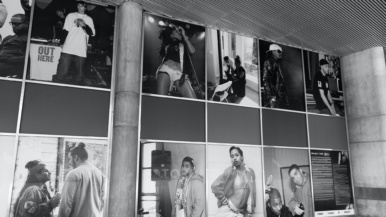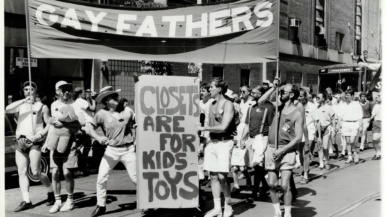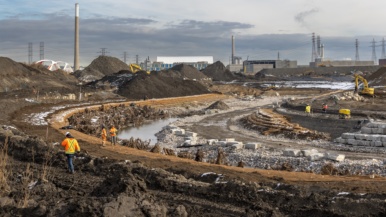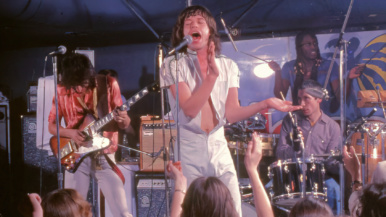This Toronto photographer captured the beauty, hope and heartbreak of life on a First Nations reserve

This summer, Toronto photojournalist Nick Kozak spent six weeks living in Fort Albany, a remote Cree First Nation on the western coast of James Bay. He’d already visited the reserve twice this year, but after the nearby Attawapiskat reserve declared a state of emergency because of a youth suicide epidemic, he decided he needed to return. “Suicide is an issue that runs deep in Fort Albany as well,” says Kozak. “I felt the need to come back to connect with the youth and hear their stories.”
The result of that visit is a photo series that documents the lives of the young people on the reserve. Kozak photographed indigenous cultural milestones—like the youth gathering (a three-day event organized by the youth council that connects young people from neighbouring reserves) and the events leading up to Fort Albany’s first-ever Sundance—but he also took snapshots of the community’s everyday life: grocery shopping, playing by the river. We asked Kozak to share the stories behind five of his photos.

“This was an awareness walk against drug dealing and bootlegging organized by the youth council in Fort Albany. There were about 40 people in the walk, including lots of kids and Fort Albany Chief Andrew Soloman. I was on the back of a police truck with its sirens on, so I saw people from the side of the street looking. It’s gut-wrenching to see a seven-year-old holding a sign, written by her own hand, saying ‘Stop selling drugs and alcohol.’ There’s an issue with substance abuse in communities like this, and there are a lot of vulnerable people. The ones that suffer the most are the kids.”

“This photo is of six-year-old Kathleen smudging with sage in her aunt’s basement. She had slept there that night and she performed this ceremony for me and some other visitors. Her aunt helped her light it and then she more or less knew what she was doing.”

“This is Xavier. He’s had major struggles with drugs and other things, but he’s been elected to be part of the council here, and he’s doing everything he can to help his community. In this portrait, he’s picking out snacks for a workshop. People still live off the land here—they hunt and fish—but that’s not necessarily their entire diet. There are only three stores in Fort Albany that sell food and, for the most part, it’s packaged, processed stuff. The food prices are astronomical by our standards down south—easily double our costs, sometimes triple.”

“These four young kids, all under the age of 10, are playing by the banks of the Albany River during the Sundance. It was the first Sundance in modern history in Fort Albany, so that’s a huge step for the community. I was not allowed to photograph anything inside the Sundance temple once it started; nobody was allowed to take images there. I asked two Sundancers—Kristin Weistche of Moose Cree First Nation and another from Fort Albany First Nation—about it, and they told me that it’s the highest and most difficult ceremony. The main purpose is to ask for forgiveness and guidance for a good life. There are four days of fasting and a piercing, which is done to connect to the Creator and to let go of the stuff—the burdens such as grief, wrongdoings and negative spirits—you’ve carried. The ceremony shows how people are reconnecting with their culture, which was extinguished by colonialism and residential schools. People are looking for ways to reconnect with their spiritual past.”

“This is the grave of a young man who took his life last January. I first met him in November 2015. There’s a dream catcher, flowers and a rosary wrapped around the cross. All of the graves at the Fort Albany cemetery have these solar lights. At night, it’s very eerie because the whole cemetery is lit up.”





